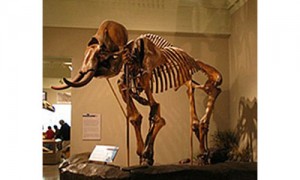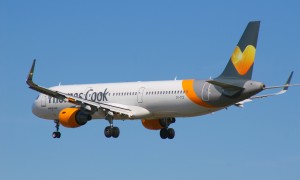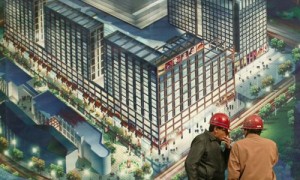The capital city has witnessed steady economic growth in the past five years. The GDP grew at an annual average of 7.3 percent to 2.49 trillion yuan in 2016, up 42 percent from 2011.
The local economy has become more diversified and is moving towards the high-end of the value chain. Finance has become the largest service sector, while information and high-tech services are enjoying strong growth momentum.
The added value of finance, information, and technology services represented 17.1 percent, 10.8 percent and 8.4 percent respectively of the city's economy last year, up 3.5, 1.6 and 1.4 percentage points from 2011.
The industrial added value of large-sized high-tech manufacturing grew 8.5 percent in the period from 2012-16. That of modern manufacturing, with some parts overlapping with high-tech manufacturing, picked up 10.3 percent.
The fiscal revenue arrived at 508.13 billion yuan in 2016, up 1.7 folds from 2011. Fiscal expenditure doubled from 2011 to 640.67 billion yuan in 2016.
Retail sales climbed 52.4 percent from 722.22 billion yuan to 1.1 trillion yuan, honoring its position of the country's largest consumer city for the ninth year running.
In a separate report, the local statics bureau reviewed the economic data on the Beijing-Tianjin-Hebei region. Combined GDP of the region came to 7.46 trillion yuan in 2016, 1.2 folds than 2013, taking up 10 percent of the country's total.
The fiscal revenue of the region totaled 1.07 trillion yuan, an increase of 261.98 billion yuan from 2013, representing 12.2 percent of the total nationwide.
A guideline for coordinated development of the Beijing-Tianjin-Hebei region was approved by the Political Bureau of the CPC Central Committee in late April, 2015, aiming to reshape the densely populated region.







